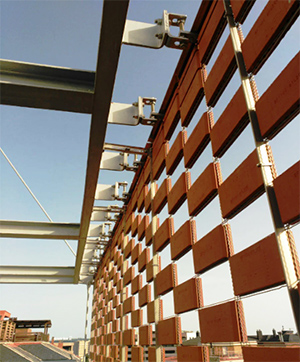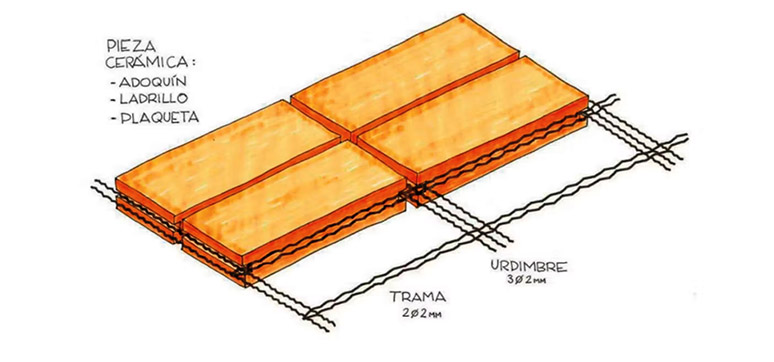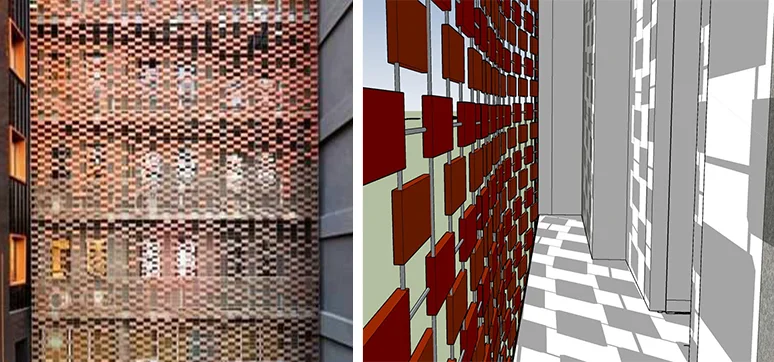FUTURE FAÇADE DESIGNS
We foresee the following changes in terms of façade designs while assuring the blending of Form and Function together.
- Biophilic Façades: Nature-inspired façade designs will conquer, thinning the line between the built environment and the natural world, hosting the lush greenery, creating not only a visual treat but also promoting biodiversity and enhancing air quality within urban spaces.
- Adaptive & Responsive Façades: Buildings façades will be intelligent and adaptable. Embedded sensors will enable façades to respond to changing weather conditions and user preferences. For instance, they will dynamically adjust shading, transparency; and breath to reduce pollutants from air and thermal properties to optimise comfort and energy efficiency.
- 3D-Printed Façades: 3D-printed façades with intricate designs will be seen as a part of advanced construction technologies. This approach will offer unprecedented flexibility in shaping the exterior of buildings, allowing architects, and designers to create complex, artistic, and structurally efficient façades.
FUTURE FAÇADE & FENESTRATION MATERIALS
The materials in the future will respond to the environmental & climate change needs.
- Smart Glass: Building on the evolution of smart materials, glass façades will be embedded with nanotechnology that allows for real-time control over tint, insulation, and transparency. These glass panels will be self-cleaning, responsive to external conditions, and energy-efficient.
- Composite Façades: New revolutionary materials known for their strength and conductivity, will find their way into façades. These composites will be lightweight, ultra-strong, possess excellent thermal properties and will redefine the structural capabilities of buildings.
- Biodegradable & Recyclable Façade Panels: Façade materials will be biodegradable, easily recyclable, reducing waste and environmental impact. Modular systems will make renovations and updates simple and sustainable.
VISION FOR 2050:

Sustainability and Energy Efficiency of the buildings will be prominent features.
- Energy-Generating Façades: Façades will not only serve as protective layers but also as energy generators. Solar-harvesting façades, equipped with advanced photovoltaic technology, will capture sunlight and convert it into clean energy, reducing a building’s carbon footprint.
- Carbon-Capturing Façades: Innovative materials will have the ability to capture and store carbon dioxide from the atmosphere, contributing to the fight against climate change. These façades will serve as green lungs for cities.
- Dynamic Insulation Façades: Dynamic insulation systems that adjust to seasonal & daily temperature variations, reducing the need for mechanical heating and cooling will be part of façades, significantly lowering energy consumption.
The year 2050 promises to be a defining moment in architectural building history as the design and materials of façades and fenestrations will undergo a great transformation redefining the face of buildings and their interaction with the environment.

Biophilic designs, adaptive technologies, and smart materials will create structures that harmonize with nature, respond intelligently to the environment, and promote human well-being.
As we move towards 2050, the future of façades & fenestrations is one of boundless possibilities. It’s a future where buildings don’t merely exist in their surroundings but actively contribute to a greener, smarter, and more sustainable world.














